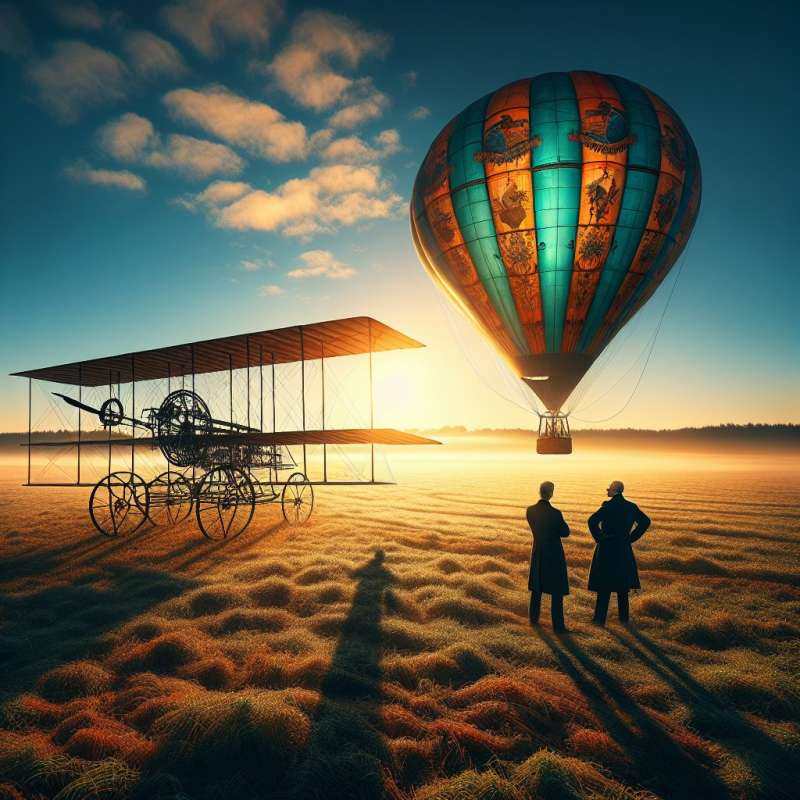
Early Aviation Beginnings
The Montgolfier brothers pioneered manned flight with their hot air balloon in 1783. However, controlled, powered flight was not achieved until the Wright brothers' success with the Flyer in 1903.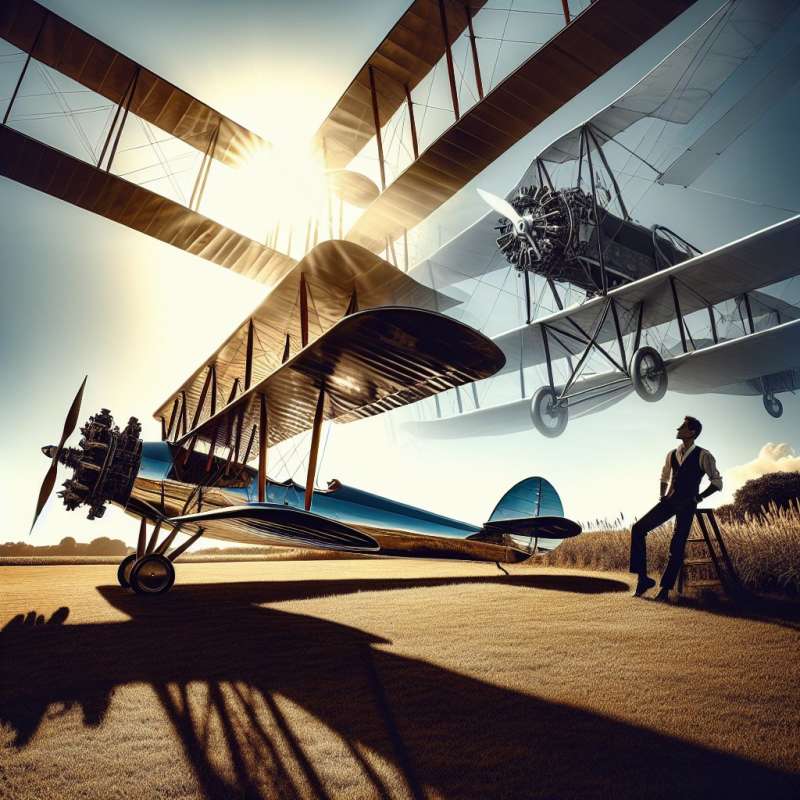
Biplanes to Monoplanes
Early aircraft designs favored the biplane structure for strength. By the 1930s, the monoplane design became prevalent, offering better aerodynamics and speed, a transition influenced by advances in materials and understanding of aerodynamics.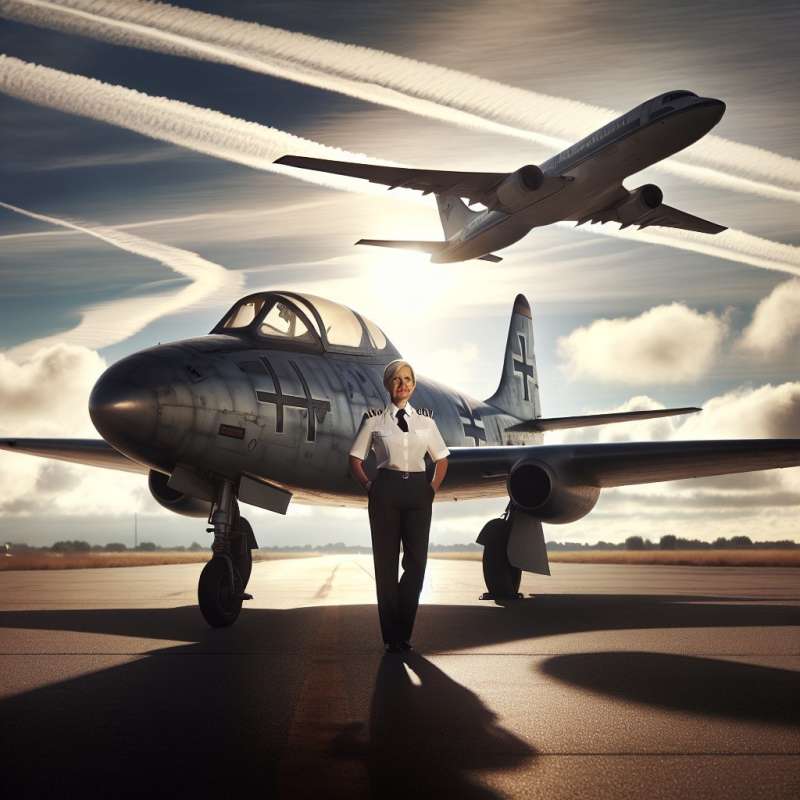
Introduction of Jet Engines
The jet engine revolutionized aircraft design post-WWII. The first operational jet fighter, the Messerschmitt Me 262, changed aerial combat strategies and led to faster, more efficient commercial air travel.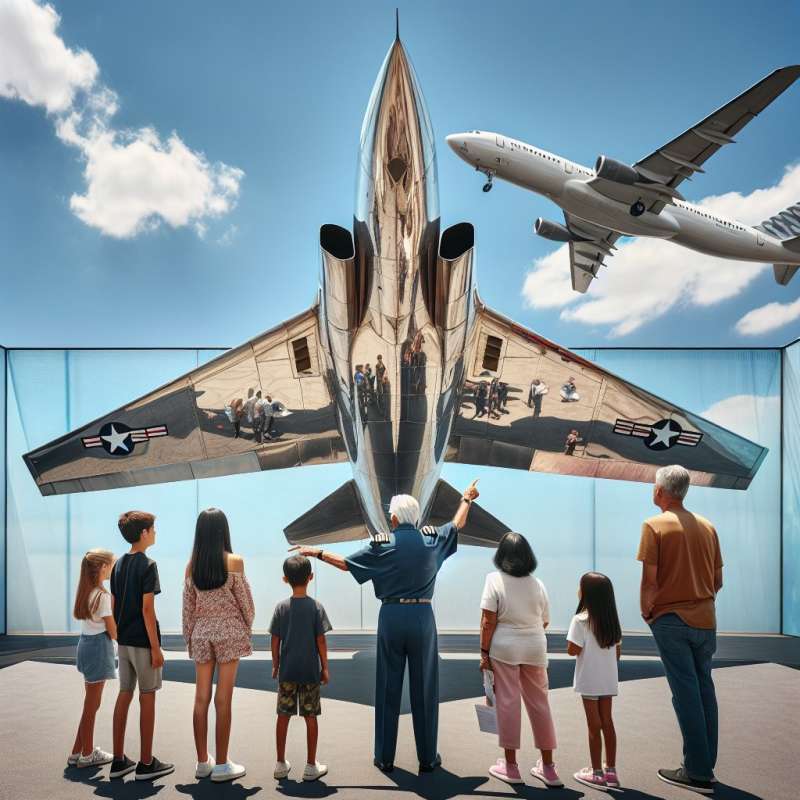
Swept Wings Adoption
Swept wings were first implemented by the Germans during WWII to reduce drag at high speeds. Post-war, this feature became standard in both military jets and commercial airliners, facilitating supersonic flight.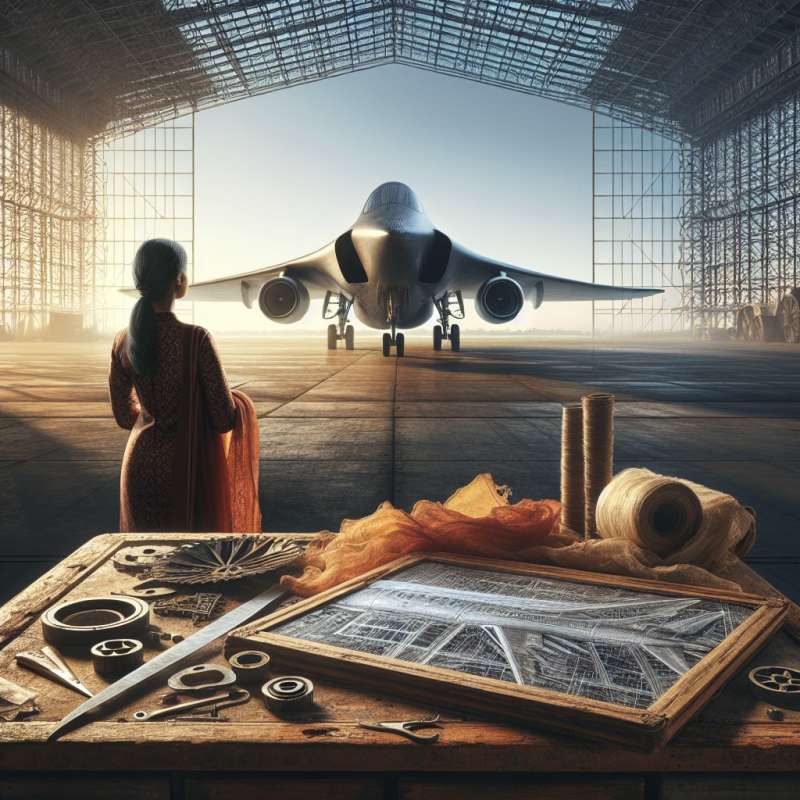
Advances in Materials
The evolution from wood and fabric to aluminum drastically changed aircraft capabilities. Later, the use of composites like carbon fiber has further reduced weight while increasing strength, allowing for complex, efficient designs.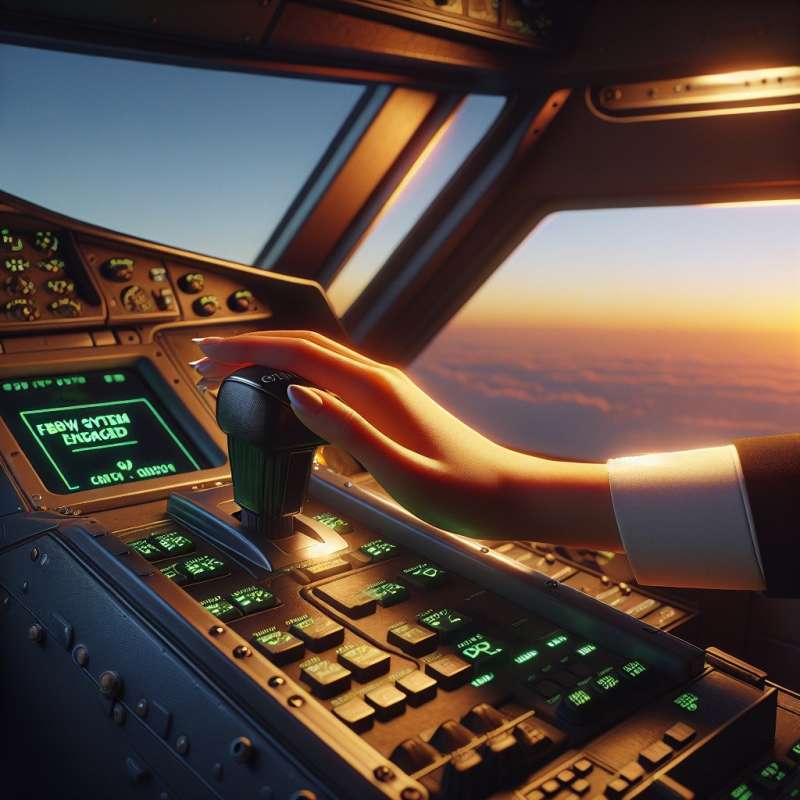
Fly-By-Wire Systems
The 1970s saw the introduction of fly-by-wire (FBW) systems, replacing manual controls with electronic interfaces. This innovation enhanced safety and fuel efficiency by enabling advanced aerodynamics and automation.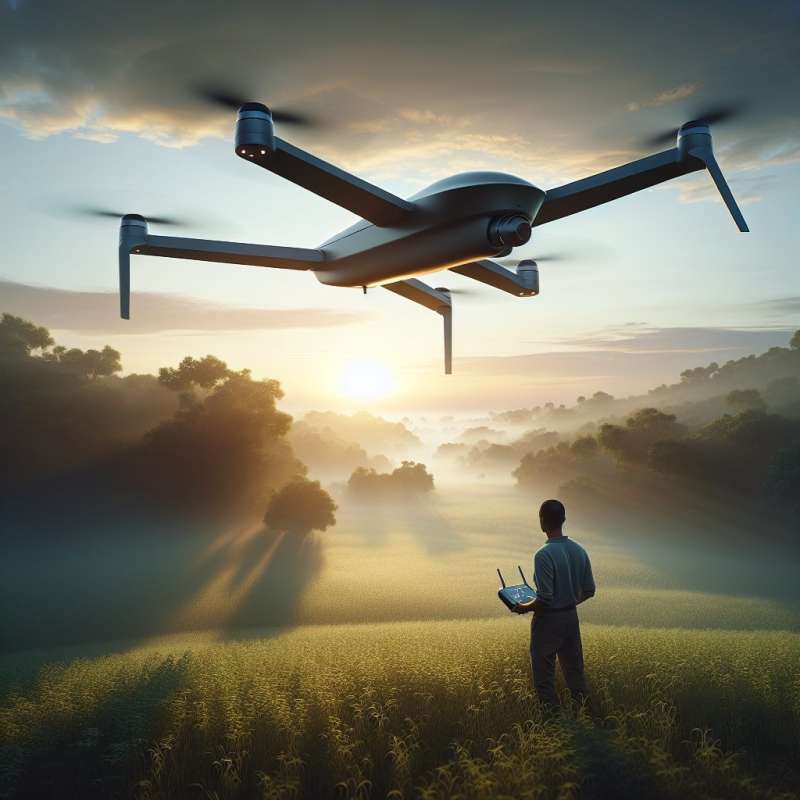
Stealth and Drones
Stealth technology and unmanned aerial vehicles (UAVs) represent recent leaps in aircraft design. Stealth minimizes radar detection while drones offer new possibilities for military, commercial, and civilian use without risking pilot lives.
Who first achieved manned flight?
Wright brothers in 1903
Montgolfier brothers in 1783
Messerschmitt in WWII
Company